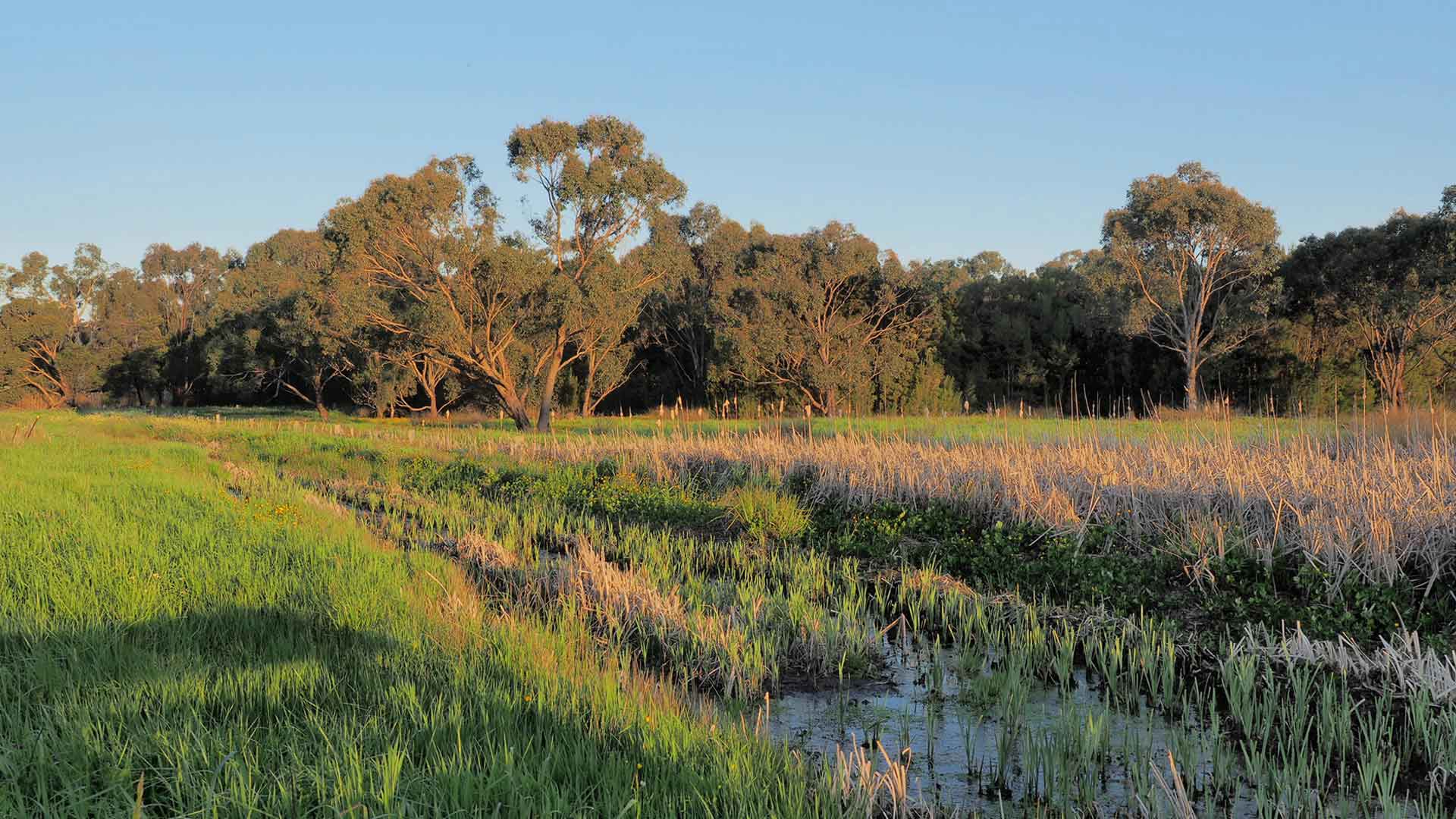How good are our wetlands at doing what they’re designed to do?
Background
Stormwater wetlands are designed to assist in the management of flows, treatment of nutrients, and detention of sediments and toxicants in urban areas. They require major investment from Melbourne Water (MW) and associated Councils and need to be managed appropriately to ensure long term performance is maintained and the health of downstream waterways is protected.
Approach
This project aims to:
- Undertake an international literature review to identify what toxicants typically accumulate in stormwater wetlands and how they affect wetland performance and management
- Conduct surveys in stormwater wetlands across Melbourne to determine what toxicants are present in local stormwater wetlands and where they are accumulating through the treatment process
- Review traditional and emerging methods for monitoring wetland ‘ecological health’ and develop simple, cost-effective monitoring tools to determine the effects of toxicants on wetland performance
This is a collaboration with Melbourne Waterway Research-Practice Partnership (MWRPP) Project B2.

Progress to date
Complete Sep 2023.
See Download 2022 results summary or access this HWS midterm review summary via: https://healthywaterways.com.au/resources/documents for details
Expected Outcomes
- Improve our understanding of the maintenance requirements of stormwater wetlands to ensure adequate asset performance
- Inform improved design of stormwater wetlands that is likely to result in better asset performance and reduced maintenance requirements
- Inform the development of a cost- effective stormwater wetland asset performance surveillance program for Melbourne Water
Expected Completion: 2023
Contact: claudette.kellar@rmit.edu.au or 99254682 or kathryn.hassell@rmit.edu.au on 99254647


